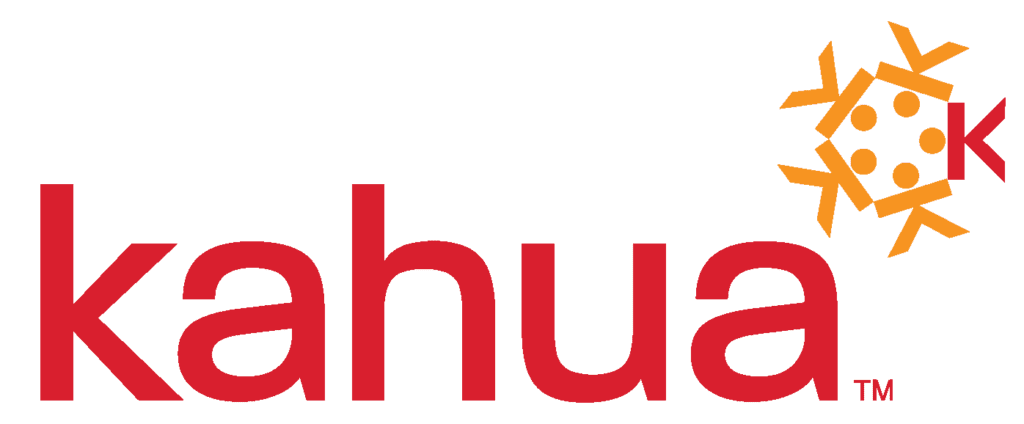Understanding the Importance of Construction Submittals
Whether you're a construction veteran or just starting in the industry, you've probably encountered the term "construction submittals." But what exactly are they, and why are they so critical to a project's success? Let’s dive in and discuss all the details.
What Are Construction Submittals?
Construction submittals are essential communication tools designed to keep construction projects organized and on track. They include documents, drawings, material samples, and mock-ups that contractors submit to project stakeholders for review and approval.
Think of them as a comprehensive system that allows architects, contractors, and owners to verify that every material, equipment, and design element aligns perfectly with the project's specifications. They serve as a detailed roadmap that prevents misunderstandings and costly mistakes.
The Purpose of Construction Submittals
Why do construction submittals matter so much? Simply put, they are your project's quality control checkpoint. These documents help teams:
- Verify that materials meet exact project requirements.
-
Ensure compliance with design specifications.
-
Prevent expensive rework and delays.
-
Maintain clear communication between all project stakeholders.
Simply put, submittals confirm that all materials and processes meet quality standards, regulatory compliance, and the overall project goals. They transform potential problems from expensive on-site corrections to simple paper-based adjustments. Key Types of Construction Submittals
Key Types of Construction Submittals
Submittals vary depending on your project, and each type serves a unique purpose in the construction process. The main types include product data submittals, shop drawings, material samples, and mock-ups. Let’s take a closer look at each.
Product Data Submittals
These documents provide the manufacturer's specifications, technical details, and certifications for the project's proposed products and equipment. They help verify that materials or equipment meet the exact criteria set in project documents, ensuring compliance and quality.
Shop Drawings
Shop drawings are detailed visual representations or plans that illustrate how specific project components will be fabricated, assembled, and installed. Unlike general construction documents, shop drawings provide precise details tailored to the contractor’s methods and the manufacturer's specifications.
They help identify potential issues before fabrication or installation, reducing the risk of costly on-site adjustments or delays. Plus, shop drawings ensure each component aligns exactly with the project's design intent, improving communication between the design team, contractors, and manufacturers.
Material Samples
Material samples give project stakeholders a tangible feel for materials like paint, flooring, or finishes. They are physical examples of proposed materials that allow stakeholders to:
-
Evaluate color, texture, and quality.
-
Compare options side-by-side.
-
Obtain formal approvals before purchasing.
Approving these samples helps you visualize the final product and ensures satisfaction before procurement or installation begins.
Mock-Ups
Mock-ups are full-scale prototypes demonstrating how certain construction elements will look or perform in the final structure. They help you:
- Demonstrate design intent.
-
Identify potential installation challenges.
-
Get stakeholder approvals before full implementation.
They serve as visual confirmations, helping stakeholders approve design aspects and functionality before the project moves forward.
The Construction Submittal Process: Step by Step
Construction submittals may not be glamorous, but they're quietly holding your entire project together behind the scenes. Here’s a straightforward breakdown of the submittal process to help clarify each stage.
Step 1: Create a Submittal Log
Your submittal log is your project's navigation system. It should track:
- Required submittals.
-
Submittal types.
-
Responsible parties.
-
Review timelines.
-
Submission and approval status.
Maintaining an accurate, regularly updated submittal log ensures accountability, prevents overlooked documents, and keeps your project moving forward without unexpected delays.
Step 2: Preparing Submittals
With the log in place, the responsible parties, typically contractors, subcontractors, or design teams, start preparing the submittals based on project specifications and contract documents.
For that, you’ll need to:
- Review project specifications thoroughly.
-
Compile all necessary documentation.
-
Ensure all details are accurate and complete.
At this stage, paying close attention to detail and thoroughly cross-referencing project documentation will reduce the likelihood of revisions or rejections later on, saving time and resources.
Step 3: Reviewing and Approving Submittals
Once prepared, the submittals undergo a thorough review by the owner or designated representatives. At this stage, you should:
- Verify compliance with design intent.
-
Check technical specifications.
-
Provide feedback or approvals.
During this phase, clear communication and timely feedback are crucial. Approval means the project can proceed confidently, knowing that every detail matches the intended quality and design.
Common Challenges in the Submittal Process
While you will rarely hear about submittals when things are going well, everyone on a project knows when submittals are behind. Even the best-laid plans encounter obstacles, so common challenges to be aware of include:
- Approval delays.
-
Incomplete documentation.
-
Communication breakdowns.
-
Tracking multiple submittals simultaneously.
Luckily, they’re not impossible to overcome or avoid altogether. How to do that?
-
Establish clear submission and review timelines.
-
Provide comprehensive instructions upfront to avoid incomplete submittals.
-
Maintain open and transparent communication among all stakeholders.
The Role of Owners in the Construction Submittal Process
Owners play a significant role in the submittal process by providing essential input on key design decisions and material selections. Their involvement helps ensure that the project meets technical specifications and aligns closely with the broader vision, functionality, and long-term goals. They contribute by:
-
Providing design input.
-
Approving critical materials.
-
Ensuring the project matches their vision.
-
Collaborating closely with other stakeholders.
Effective solutions for owners often include clear channels for communication, streamlined approval workflows, and collaborative platforms designed to enhance their visibility into project progress.
Encouraging active collaboration between owners, designers, contractors, and other stakeholders helps maintain alignment throughout the project lifecycle, ultimately driving greater overall success.
Best Practices for Managing Construction Submittals
Effectively managing construction submittals requires careful planning and clear communication. To streamline your submittal process:
-
Establish clear submission deadlines. Well-defined submission and approval timelines help keep all stakeholders accountable, reduce confusion, and prevent costly delays. Communicate these deadlines early and consistently reinforce their importance throughout the project lifecycle.
-
Maintain transparent communication. Transparent and consistent communication helps avoid misunderstandings among project stakeholders. Regularly scheduled meetings, well-documented correspondence, and immediate follow-ups when questions arise keep everyone on track.
-
Use digital tracking systems. Digital tracking tools enable your team to manage, monitor, and report submittal statuses easily. These systems help reduce manual errors, improve documentation accuracy, and provide real-time updates accessible to all stakeholders involved.
-
Create a standardized review process. Establishing standardized review procedures ensures consistency in evaluating submittals, helps clarify expectations, and streamlines approvals. Define clear responsibilities, document criteria for acceptance or revision, and communicate these expectations clearly to reviewers.
-
Implement regular status check-ins. Scheduling regular check-ins allows you to identify and address potential delays or issues early. These meetings help maintain momentum, resolve bottlenecks quickly, and improve overall communication between contractors, owners, and the design team.
-
Provide training on submittal requirements. Offering training or detailed guidelines on preparing submittals ensures that contractors and other stakeholders clearly understand expectations. Proactive training reduces revisions, improves the accuracy of submittals, and shortens the review process.
Plus, using specialized documentation management software streamlines the entire submittal process, improving efficiency by organizing documents, tracking statuses, and providing stakeholders with easy access to the latest versions of project materials.
Streamline Construction Submittal Process with Kahua
Construction submittals might seem like just another checklist item, but in reality, they're your project's hidden superpower, keeping everything from material selection to design management aligned and on track.
Whether it's detailed shop drawings catching errors early, clear deadlines preventing costly delays, or digital tools making collaboration seamless, a solid submittal process shapes success behind the scenes.
Looking to transform your submittal management? Kahua's Document Management Software offers a comprehensive solution that streamlines tracking, reviewing, and approving submittals.
It improves document organization, enhances collaboration, and ensures your project remains on schedule and within specifications. If you're ready to optimize your submittal process, Kahua provides the perfect solution to keep your project organized, efficient, and on track. Explore Kahua’s Document Management Suite to get started.


